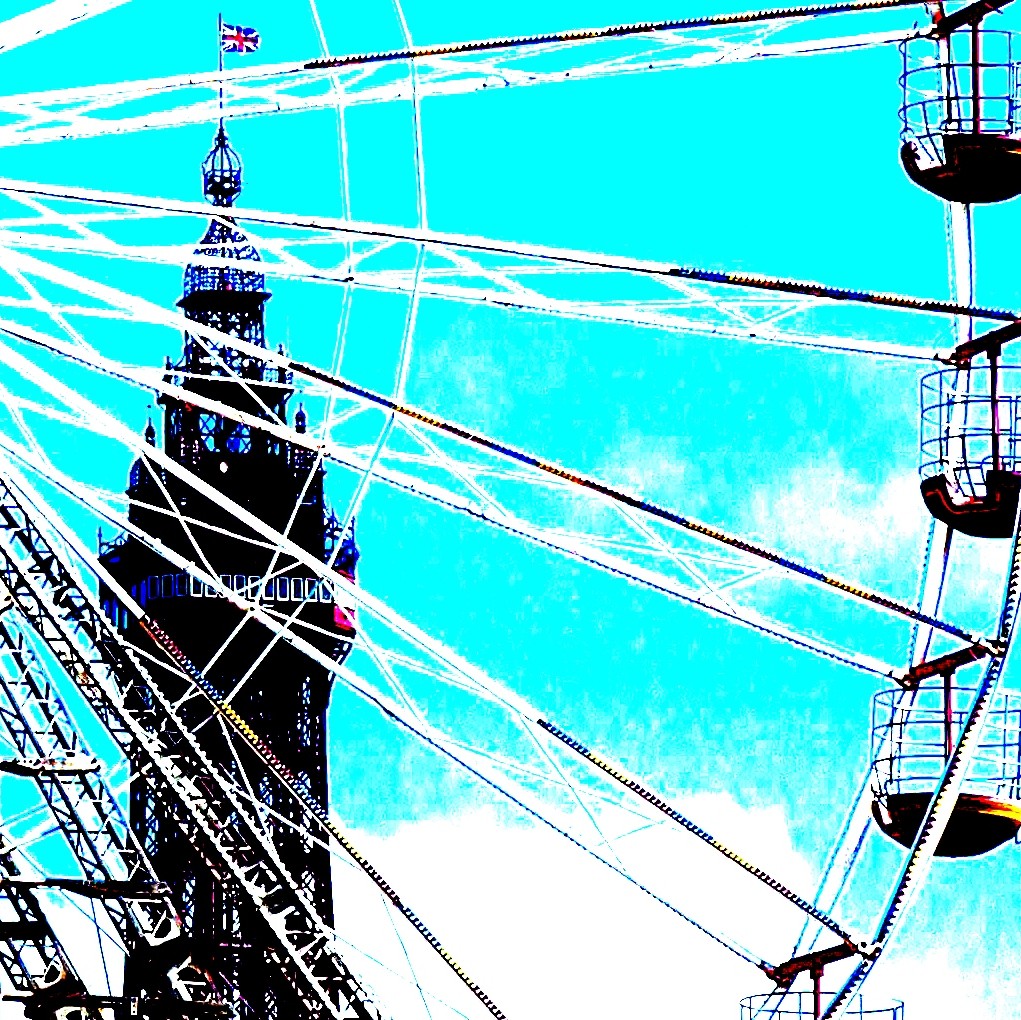

In these days
of doing the same old (delightful) walk
there are only so many snapshots
one can take of seabirds, big skies,
wide expanses of sea and sand,
and Mr Pool,
usually a dot in the distance

I’ve decided to embark
on a bit of self-education
These little squiggles
are dotted all over the beach
They’re lugworm casts

Never far from one of these squiggles
is a shallow depression
So what’s going on?

Each lugworm lives
in the bottom of a u-shaped burrow

Lugworm at bottom of u-bend 
Uglyworm
Periodically the lugworm
wriggles backwards
to expel the indigestibles
that form those familiar casts
Earthworms do much the same
on garden lawns
Both animals swallow sand or earth,
digest the food material and eject the rest
New tides wash away the old casts
and deposit fresh sand, food and water
into the u-bend
where the lugworm can live for weeks
– unless Mr Fisherman digs him up for bait!




